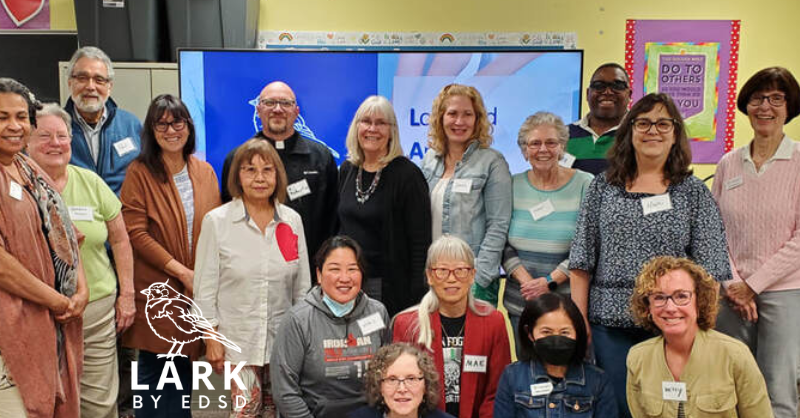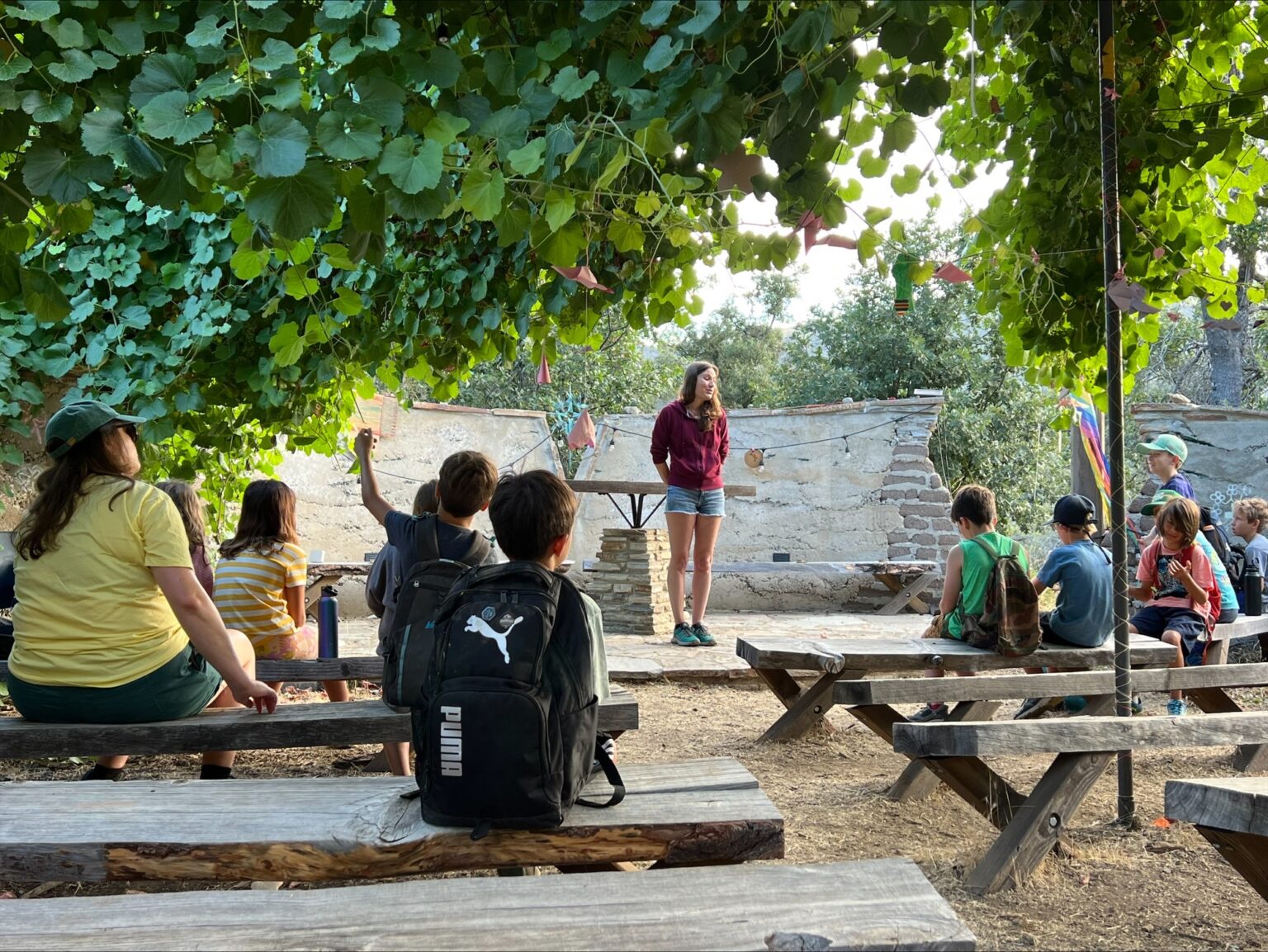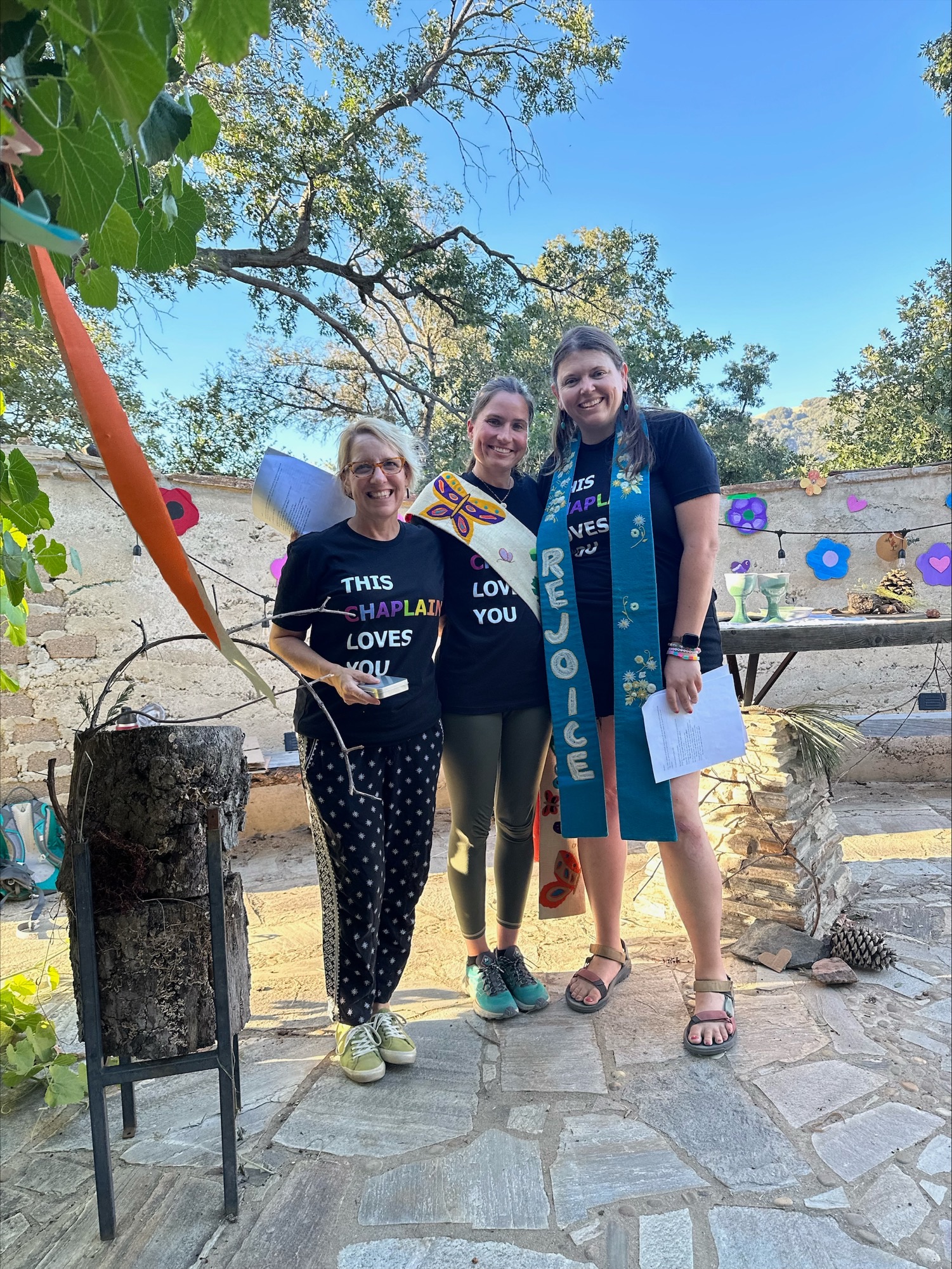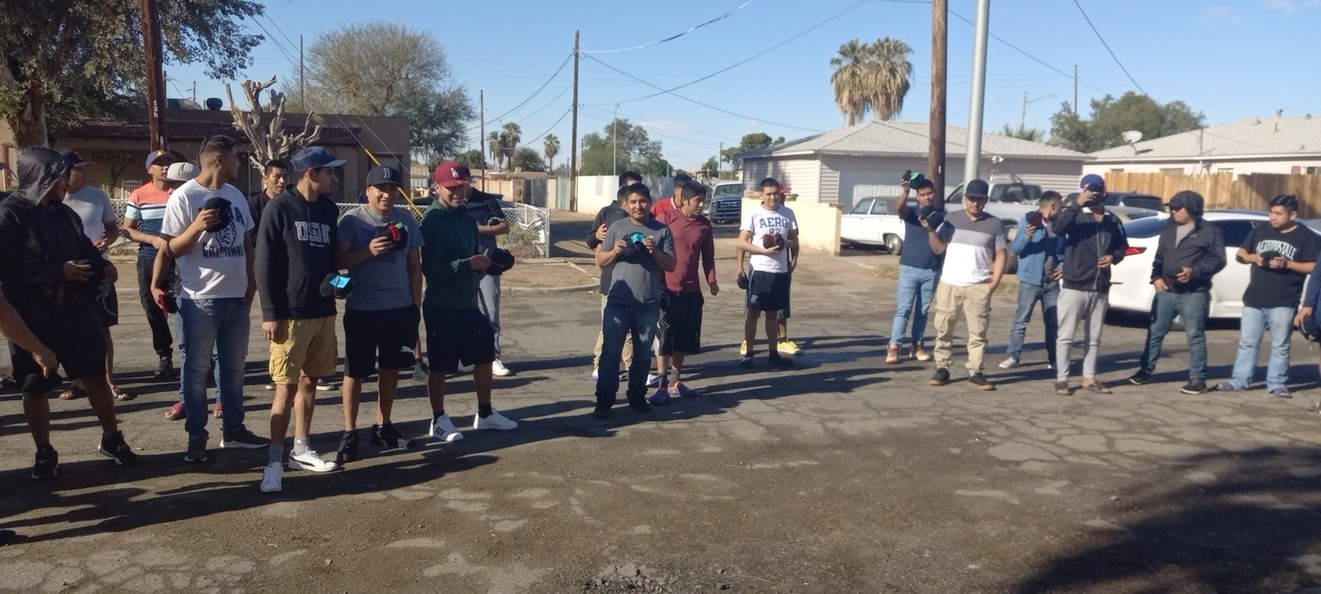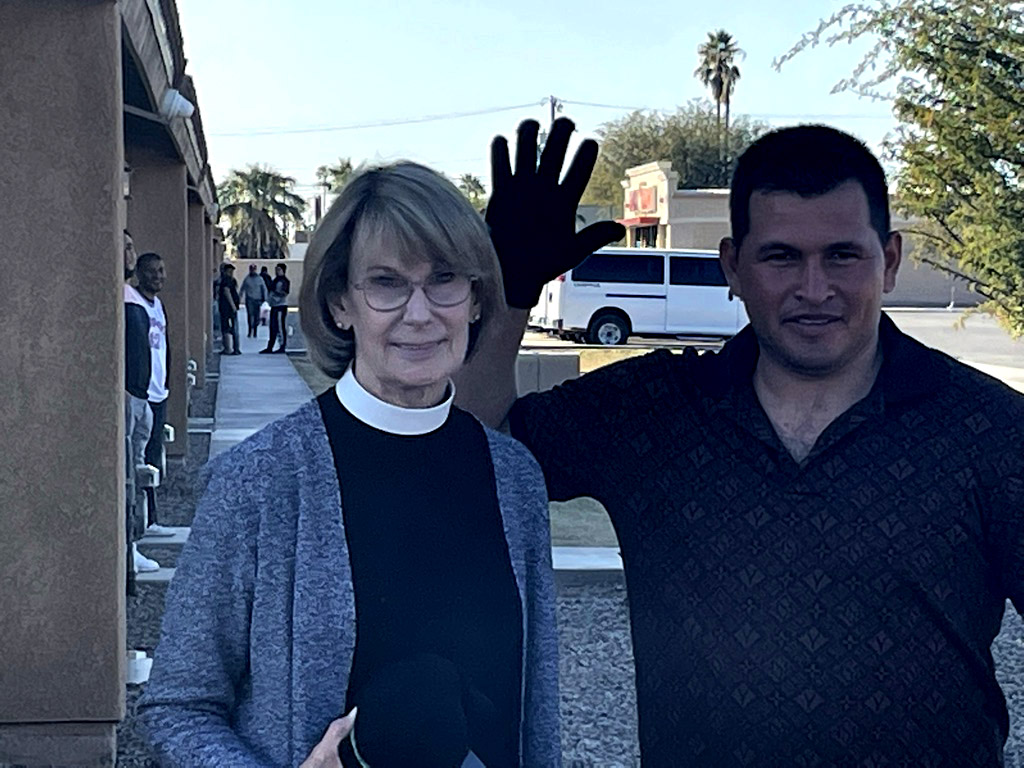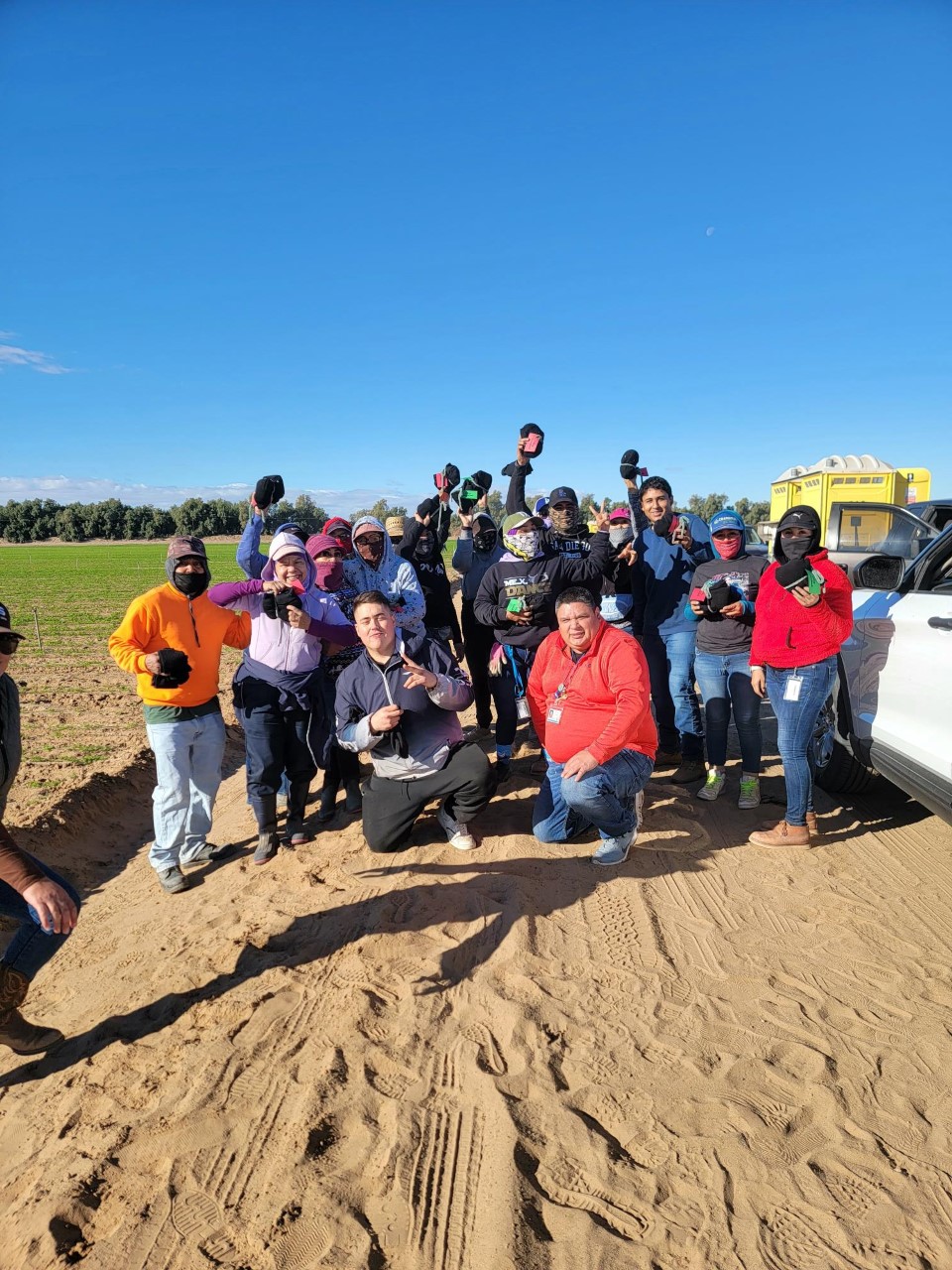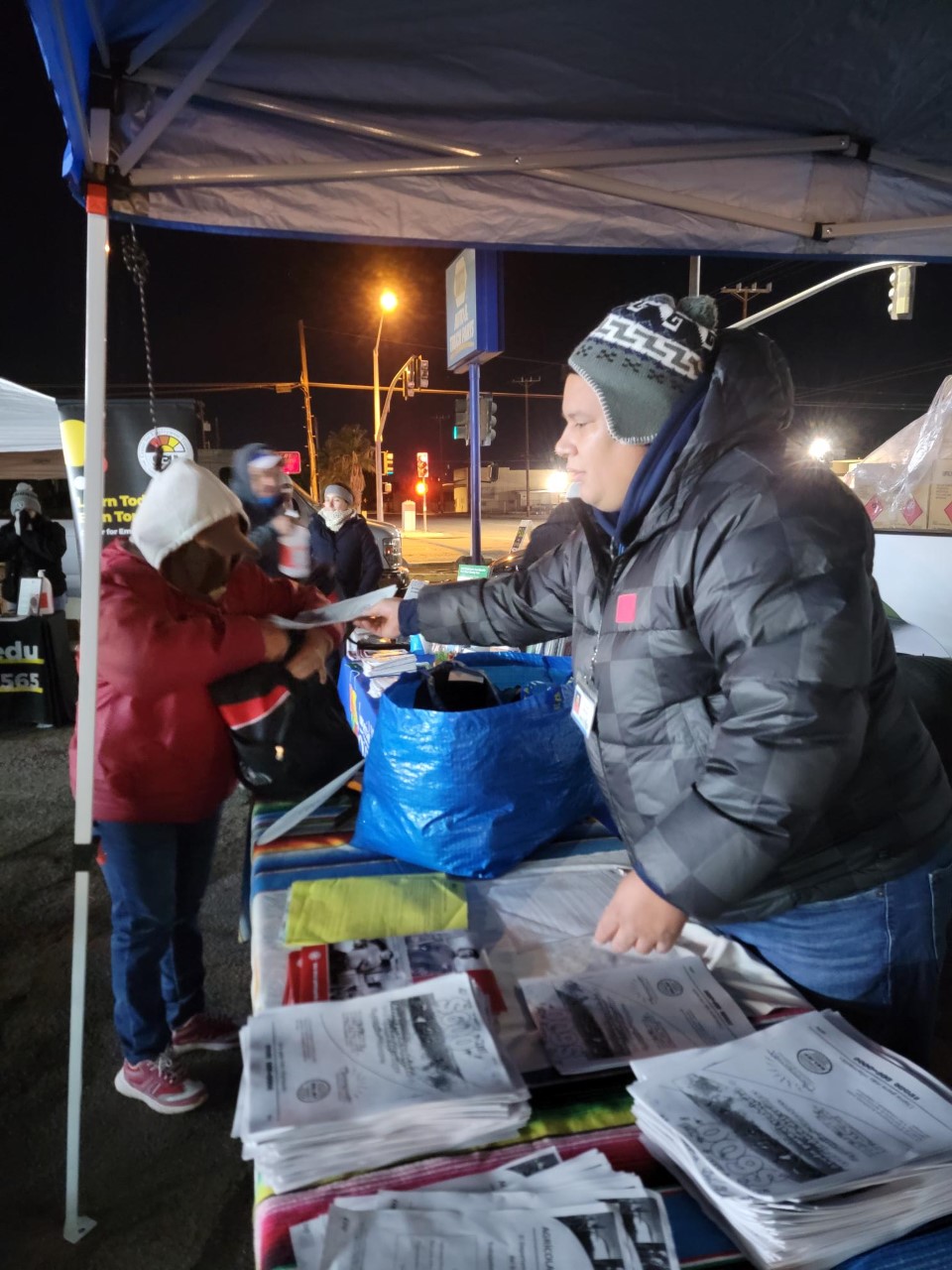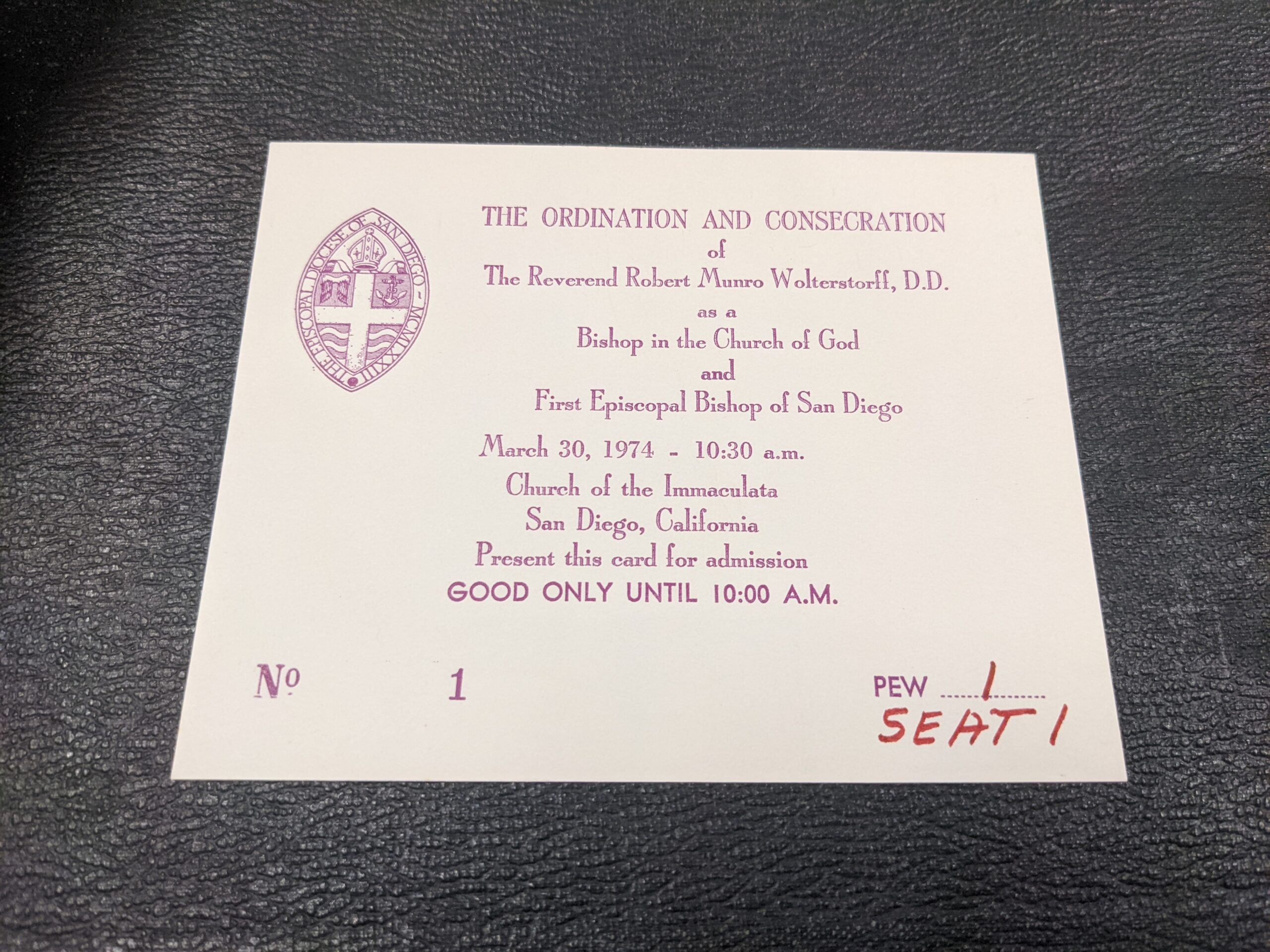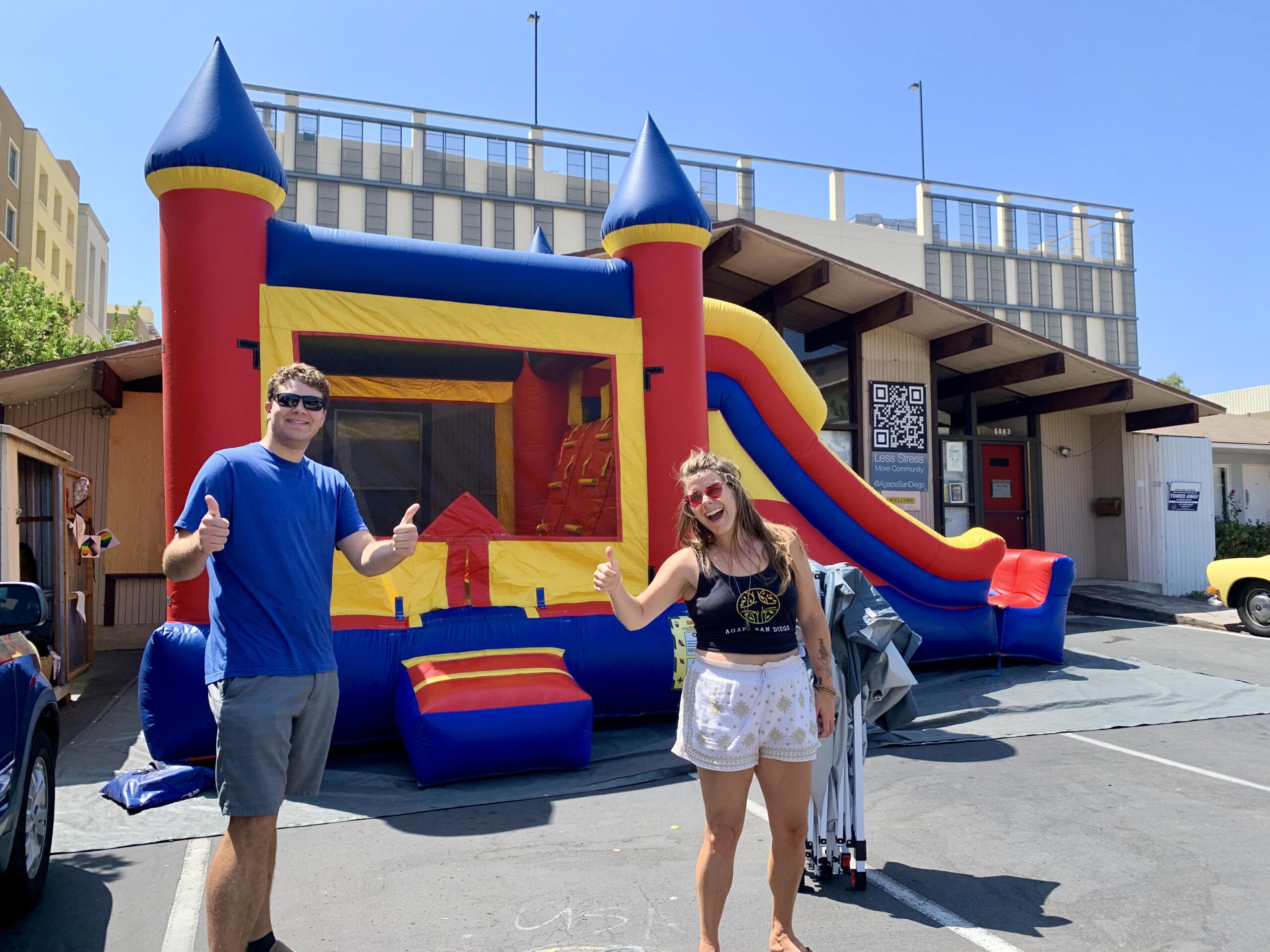Pet Blessings to Go
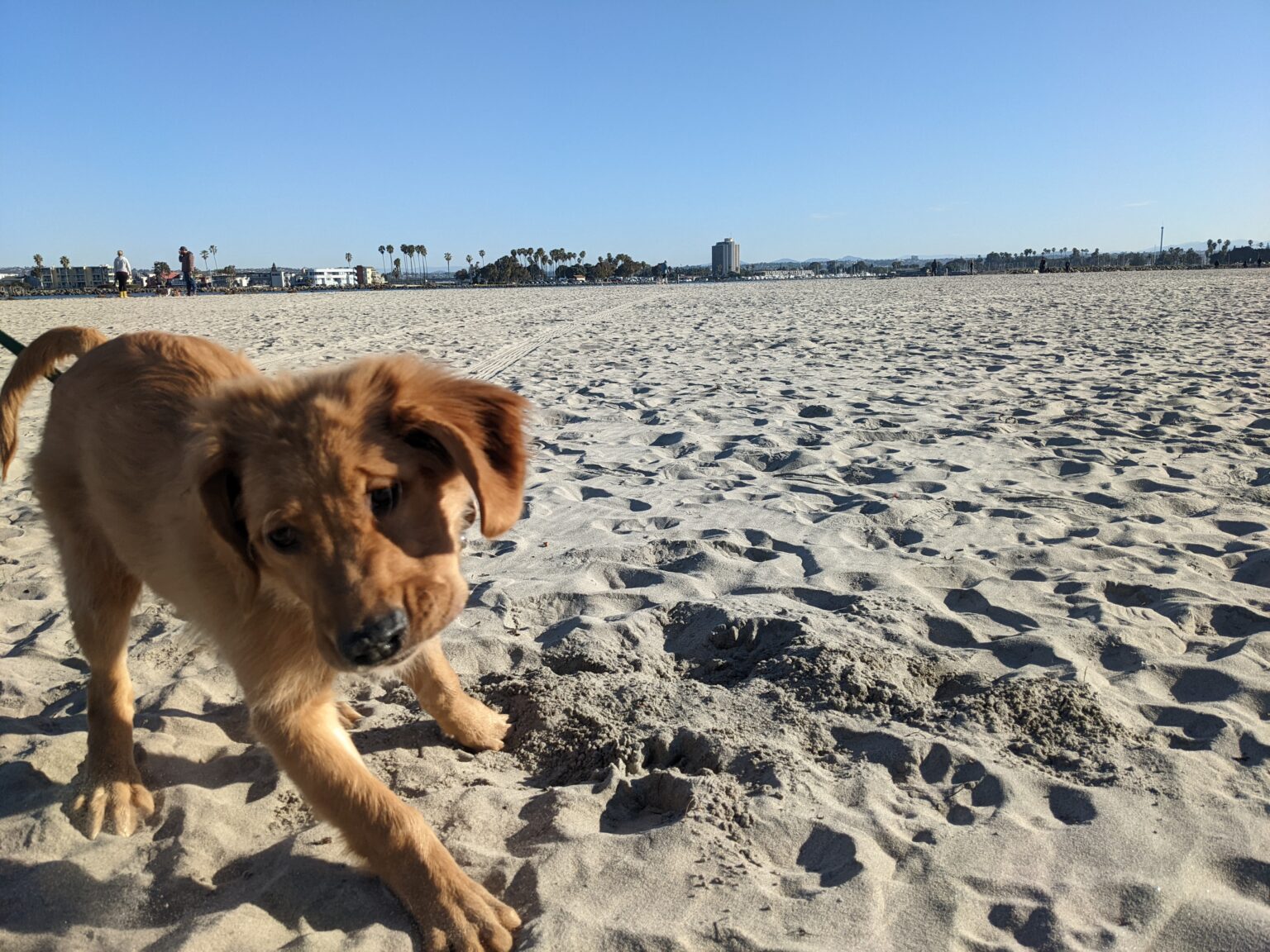
The tradition of blessing animals can be traced back 800 years to Saint Francis of Assisi. His pioneering act of blessing animals highlighted the intrinsic connection between humans and all of creation. Recognizing the divine in all living beings has only become more relevant today, especially when we consider recent data on pet ownership.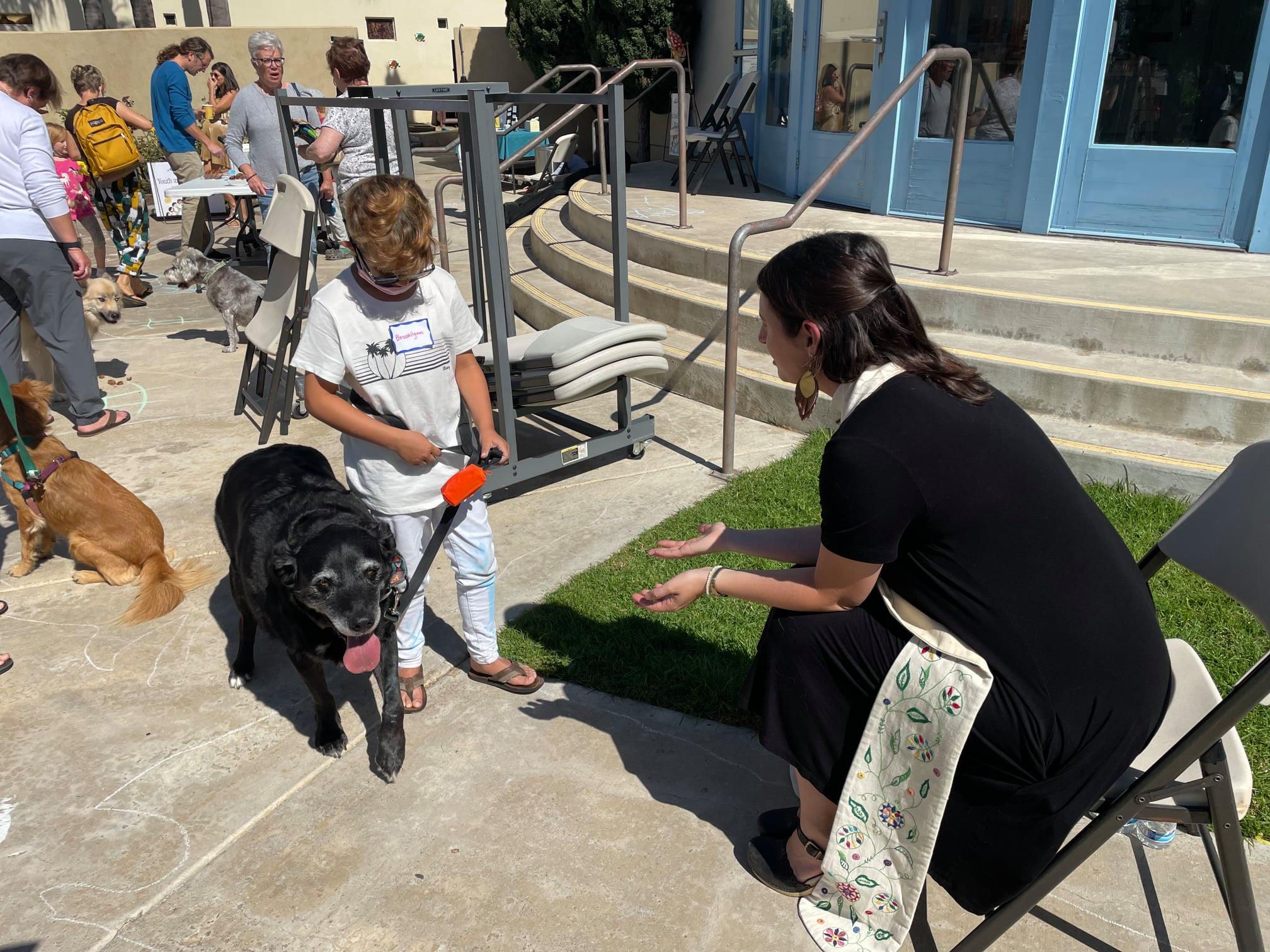
Between 2018 and 2020, the landscape of pet ownership underwent a notable shift. Millennials, representing 32% of all U.S. pet owners in 2020, have shown a growing affinity, especially towards cats and birds, with ownership percentages rising from 30% to 34% for cats and a significant jump from 36% to 45% for birds within these two years. Despite these changes, dogs remained the top pet choice for this generation, with 80% of Millennial pet owners having canine companions. Gen Z, the age group immediately following Millennials, accounted for 14% of pet ownership, indicating the continued importance of pets for younger generations.
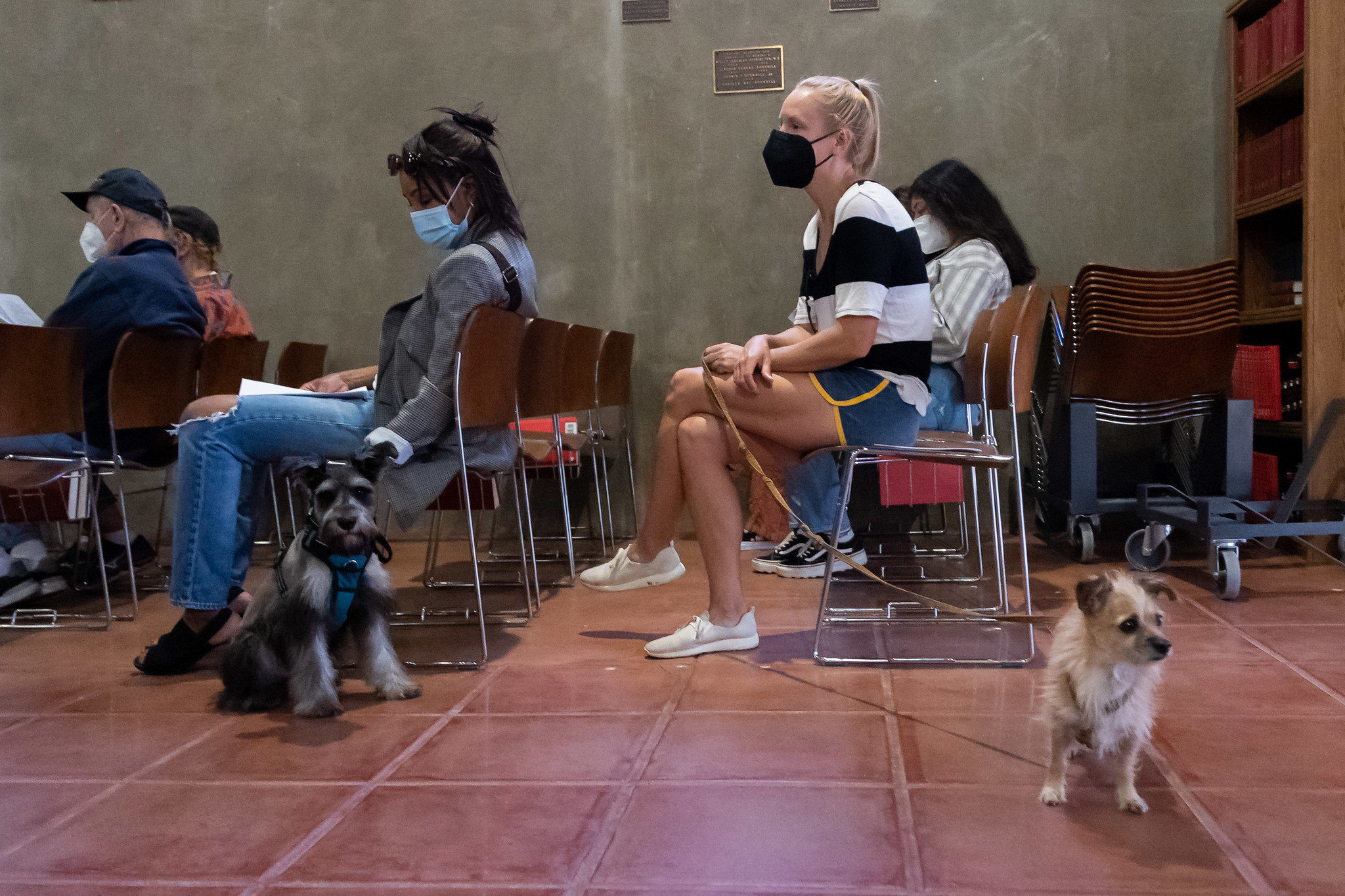 With dogs being the most owned pet across all age groups, they’ve become inadvertent ambassadors of evangelism. When a clergyperson blesses a pet, it opens avenues for dialogues on faith, spirituality, and community. It also becomes an open invitation for younger generations to explore spiritual paths they might not have previously considered.
With dogs being the most owned pet across all age groups, they’ve become inadvertent ambassadors of evangelism. When a clergyperson blesses a pet, it opens avenues for dialogues on faith, spirituality, and community. It also becomes an open invitation for younger generations to explore spiritual paths they might not have previously considered.
Pets aren’t merely considered domesticated animals that share our spaces. For a rapidly growing segment of the population, particularly among Millennials and Generation Z, pets are cherished members of the family. These pets, affectionately termed “fur babies,” are integral to the lives of their owners, providing emotional support, companionship, and often a tangible connection to the broader community. Acknowledging this profound bond, is it time for our faith leaders to bring Blessing of the Animals directly to the community–in dog parks and other public areas?
Like Ashes to Go on Ash Wednesday, pet blessings “to go” is a modern response to changing societal values and trends. It is recognizing what is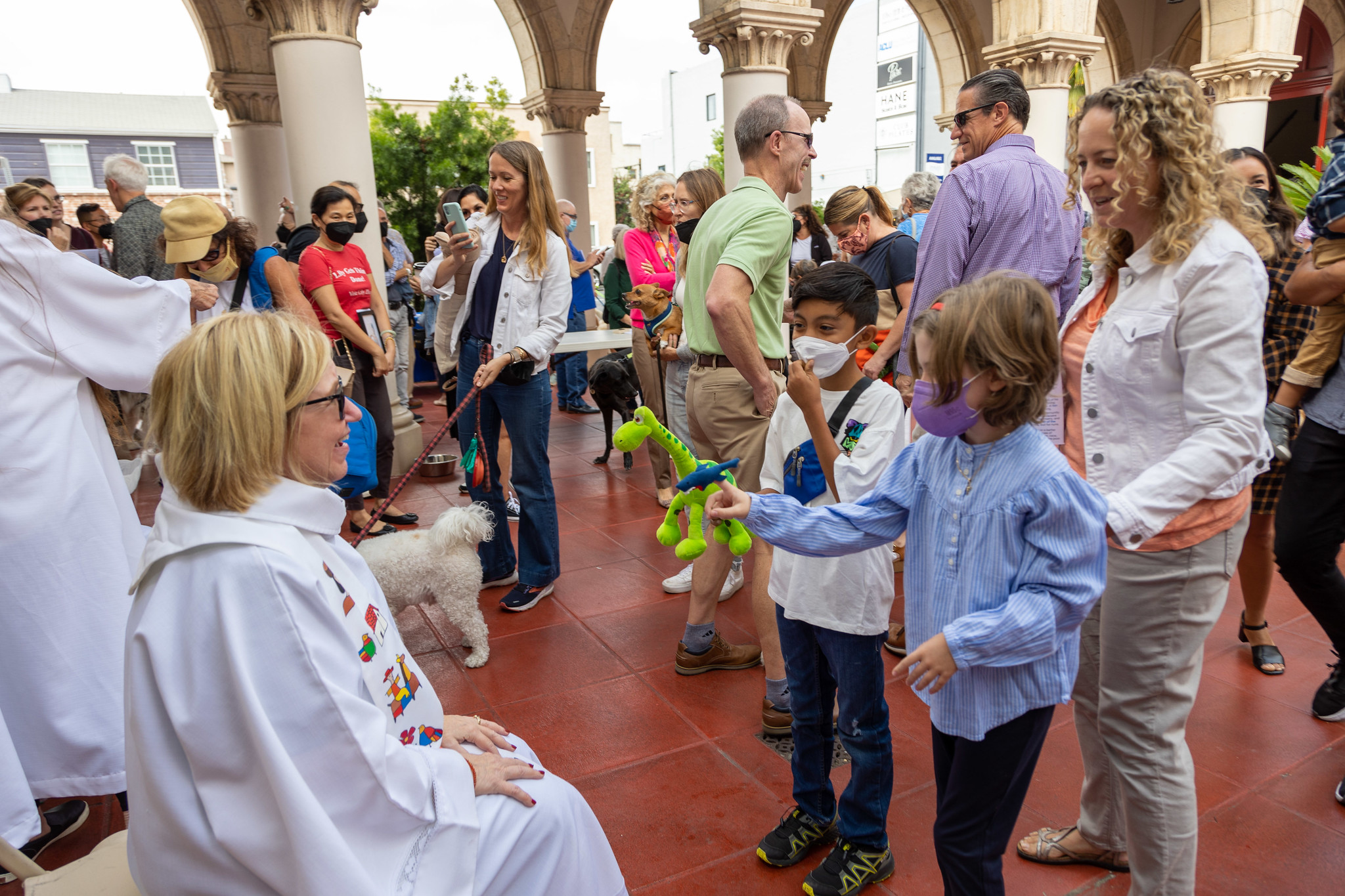 important to our neighbors and celebrating it. By considering the data and understanding the deep-rooted love younger generations harbor for their pets, the Church can commit to innovative ways of connection, engagement, and fostering spiritual exploration. In doing so, we share the love of Christ with the world.
important to our neighbors and celebrating it. By considering the data and understanding the deep-rooted love younger generations harbor for their pets, the Church can commit to innovative ways of connection, engagement, and fostering spiritual exploration. In doing so, we share the love of Christ with the world.
This year, bring Blessing of the Animals into the world. Partner with your neighborhood veterinarian, humane society, dog park, or pet store–these blessings can be offered in places where young pet owners frequently visit. Invite your partners to post clear signage in their facilities and invite them to make themselves available for pet blessings so that your community can learn what their organization and the church offer the community. This adaptation not only makes these blessings more accessible but provides those hesitant to interact with the church a way to receive the Good News.

